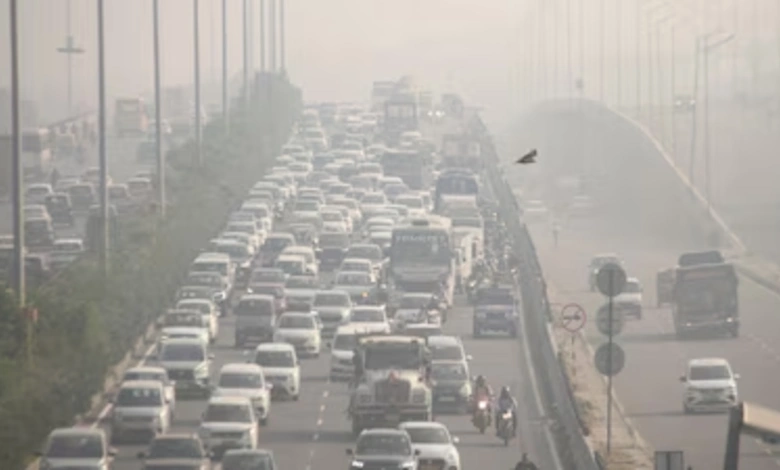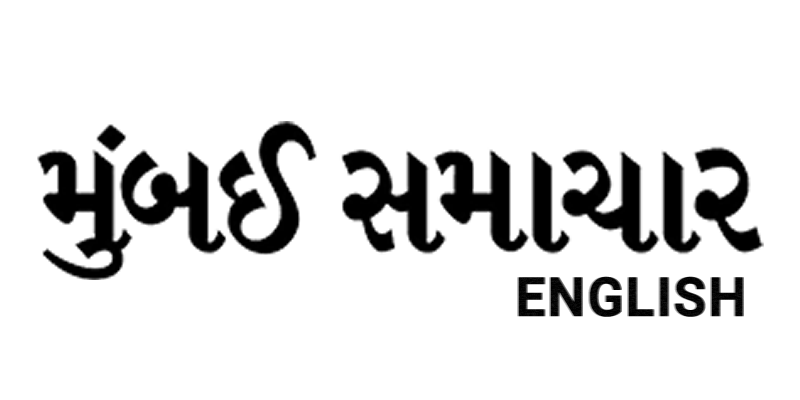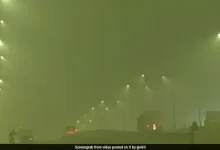Delhi’s Smoggy Skies Ease Marginally, But Breathless Days Persist in ‘Poor’ Zone

New Delhi: In a modest reprieve for the capital’s beleaguered residents, Delhi’s air quality edged upward on Saturday morning, slipping into the ‘poor’ bracket with an overall Air Quality Index (AQI) of 261 down from 290 the previous day, as per data from the Central Pollution Control Board (CPCB).
Yet the progress remains fragile. At Anand Vihar, one of the city’s densely monitored hotspots, the AQI spiked to a choking 415, plunging it into the ‘severe’ tier, according to the Sameer app maintained by the CPCB. Across seven other stations, readings hovered in the ‘very poor’ range, while the majority clung stubbornly to ‘poor’ levels.
The CPCB’s scale offers little comfort: An AQI from 0 to 50 signals ‘good’ air; 51 to 100 is ‘satisfactory’; 101 to 200 qualifies as ‘moderate’; 201 to 300 stays ‘poor’; 301 to 400 turns ‘very poor’; and anything above 401 crosses into ‘severe’ territory.
Complementing the hazy forecast, the India Meteorological Department (IMD) reported a morning low of 16.9 degrees Celsius—0.3 degrees shy of seasonal norms—with humidity at 57 percent by 8:30 a.m. Daytime highs are projected to reach 32 degrees Celsius under a mainly clear sky, though mist is expected to shroud early hours.
This snapshot underscores the perennial battle against seasonal smog in Delhi, where vehicular emissions, crop residue burning, and industrial outflows routinely conspire to foul the air. While the dip from Friday’s mark hints at fleeting winds or reduced local sources, experts caution that sustained improvement demands coordinated enforcement of anti-pollution measures.
ALSO READ : Watch Video | Woman From Myanmar Caught Smuggling Nearly 1 Kg Gold At Delhi Airport
For context, a recent global assessment highlights India’s dire straits: The State of Global Air report, ranks air pollution as the world’s second-leading cause of premature deaths, with India and China bearing outsized burdens from fine particulate matter.
As the capital navigates another autumn under this pall, authorities urge minimal outdoor activity for vulnerable groups, including children, the elderly, and those with respiratory issues. Real-time tracking via CPCB platforms remains essential for navigating the invisible threat.



